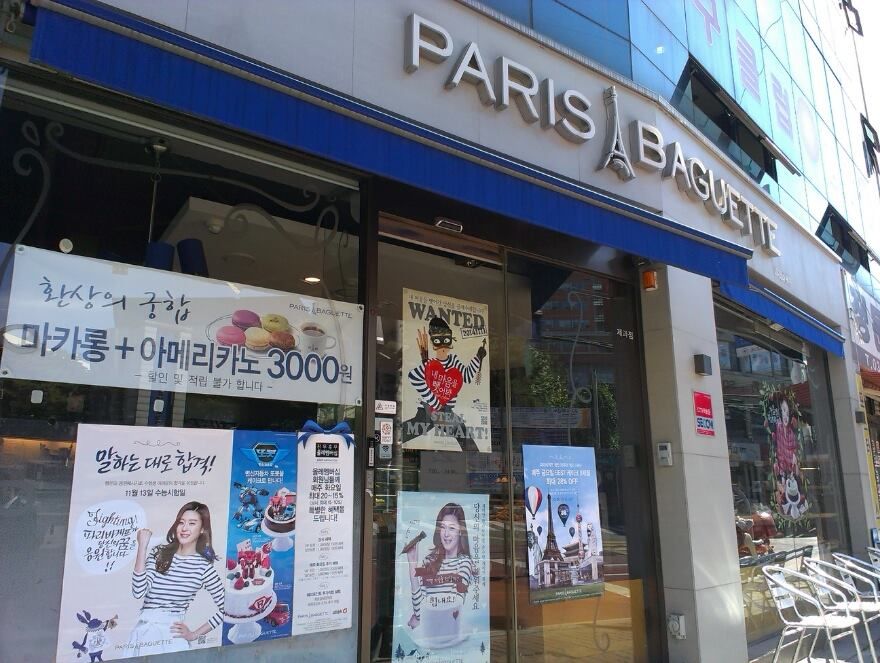SEOUL: Finding sweet France in South Korea
Korea has an obsession with French culture. It manifests itself in different ways: coffee shops are crammed full of pictures of famous landmarks, and a hugely popular fashion trend involves wearing the traditional French navy stripes, but nowhere is this more apparent than in the plethora of bakeries that crowd its streets.
The most popular bakery in Seoul is the near ubiquitous Paris Baguette. Despite it’s name, Paris Baguette is a Korean original and at any given moment you are never more than a five minute walk from one. They have even invested in the real estate to make sure that, if you come out of any subway station in the city, one will always be waiting to welcome you lovingly into its arms. After having stood in a cramped subway car for over an hour it can often be too hard to resist.
Upon entering, one thing that will take most westerners by surprise is the layout. Foods are showcased around the room on tables like cars on a trade show floor. The treats are not placed behind glass so all their smells and allure are able to pull at you freely as you walk past. Even when I had a weak American moment and went to the Dunkin Donuts, I found that you were expected to grab the baked goods and take them to the counter to purchase. This setup is very charming and enables the bakeries to create handsome displays for their foods but it also requires a degree of trust that I do not see as possible in western countries.
The food for sale in the bakeries can range from typical French imitations to American inspired oddities or Korean fusion pastries. My personal favorites are the Korean style. Korean bread has a very different feel than what is typically appreciated as well-made bread. Rather than being airy and crisp like a French croissant, the pastries are very chewy and moist. You have to toss them around for a while in your mouth before you can even attempt to swallow. There are no flakes or crumbs either because the bread is as adhesive as glue.
They are not just unlike French breads, but actually the antithesis of what is held to be the goal of a proper pastry. This sounds negative, but they are absolutely delicious. The person I know who adores Paris Baguette the most is in fact my friend from Paris. That is what I think makes them so appealing. They are so different from western style breads that even the harshest critics can’t really value them on the same scale.
The names when translated into English are also hilariously unappealing. My favorite is the “glutinous rice doughnut”. A name like this in celiac-friendly Austin would send people screaming into the streets.
Korea has also opened up my heart to sweets that are made with with non-sugary ingredients such as vegetables. In many parts of Asia, one of the most common things to find in desserts are red beans.
The beans are somewhat sweet and are always sweetened further but still have a flavor and consistency that at first was shocking to find in a dessert. While the red bean is the most common, it is also typical to find things like sweet potatoes and cherry tomatoes in cakes and other pastries. Even the garlic bread in Korea is covered in sugar rather than salt and meant to be eaten as dessert. It takes a while to get used to, but like many of the foods I have tried in Korea, it’s something that I hope I can take home with me and try to replicate for friends.









